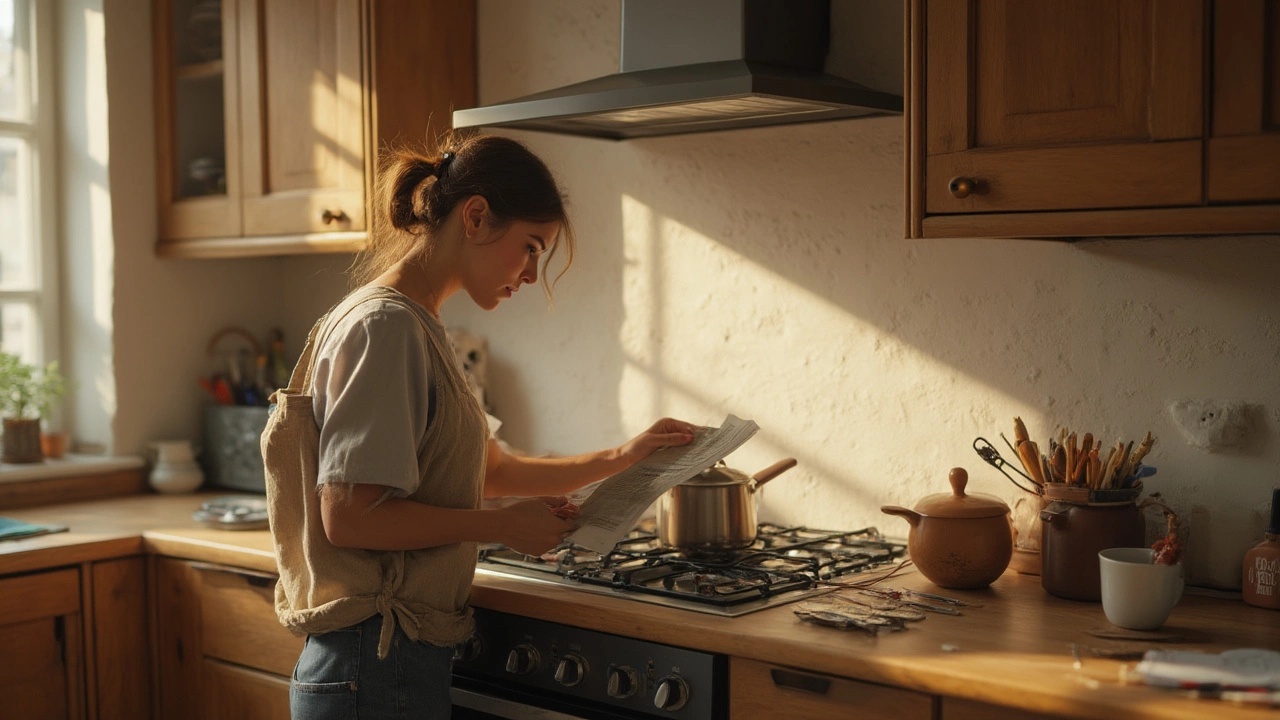
Wondering if your hob can be fixed? Here’s a clear guide about repairing kitchen hobs, common faults, costs, DIY tips, and professional help. Learn what to do if your hob stops working.
If your hob has stopped heating, is sparking, or the surface is cracked, you’re probably wondering how hard the repair will be and whether you can DIY it. The good news is many common hob problems are easy to diagnose, and a few simple steps can save you a call‑out fee. Below we break down the most frequent issues, share practical troubleshooting tips, and explain when South Shields Appliance Repair Services should step in.
1. No heat on one or all burners. Check that the power supply is on (the switch under the hob or the circuit breaker). If the hob is electric, a tripped RCD or blown fuse is often the culprit. For induction units, ensure the cookware is magnetic and correctly placed.
2. Flickering or uneven flames on a gas hob. Dirty or misaligned burners can cause uneven gas flow. Remove the burner caps, clean out food debris, and realign them before testing again.
3. Cracked glass surface. A small crack can spread quickly if the hob keeps heating. You can tape over the crack temporarily to avoid shattering, but replace the glass as soon as possible. Glass hob replacement cost usually starts around £120‑£200, depending on size.
4. Burnt or scorched spots on an electric hob. These are often caused by spilling sugary liquids or frying at high temperatures. Let the hob cool, then gently scrape the residue with a plastic scraper and clean with a mild oven cleaner. Avoid abrasive pads – they can scratch the surface further.
Start with the simplest checks: make sure the hob is plugged in, the circuit breaker isn’t tripped, and any safety locks (often found on induction hobs) are disengaged. Next, test each burner individually. If a burner still won’t heat, the heating element may have failed. For electric hobs, you can use a multimeter to test continuity; a reading of zero indicates a broken element.
If the element is bad, swapping it out is doable for the handy homeowner. You’ll need to turn off the mains, remove the hob’s front panel, disconnect the element terminals, and replace it with an exact match. Look up the part number in your hob’s manual or on the manufacturer’s website. Remember: only attempt this if you’re comfortable working with electricity.
When dealing with a glass hob, the replacement process is more involved. The glass panel is usually held in place by clips that must be carefully pried off. Mishandling can cause the whole hob to crack, so many homeowners prefer to let a qualified technician handle it. That's where South Shields Appliance Repair Services can help – we have the right tools and experience to replace glass panels without damaging the surrounding cooktop.
Even with a DIY spirit, safety comes first. If you notice any burning smells, sizzling noises, or the hob trips the breaker repeatedly, stop and call a professional. These signs can indicate deeper electrical faults that require specialist knowledge.
At South Shields Appliance Repair Services we specialise in kitchen hob fixing, whether it’s a cracked ceramic surface, a faulty heating element, or a gas ignition issue. Our certified technicians can diagnose the problem within 30 minutes and give you a clear quote. We aim to complete most repairs on the same day, so your kitchen is back to normal without a long wait.
Bottom line: simple issues like a tripped breaker, dirty burners, or a cracked surface can often be tackled with a few tools and careful steps. For anything involving electrical components, broken glass, or persistent heating problems, give us a call. We’ll get your hob cooking again, fast and affordably.

Wondering if your hob can be fixed? Here’s a clear guide about repairing kitchen hobs, common faults, costs, DIY tips, and professional help. Learn what to do if your hob stops working.